PPT-RISC, CISC, and
Author : alexa-scheidler | Published Date : 2018-01-21
Assemblers Hakim Weatherspoon CS 3410 Spring 2013 Computer Science Cornell University See PampH Appendix B 12 and Chapters 28 and 212 als 216 and 217 Big Picture
Presentation Embed Code
Download Presentation
Download Presentation The PPT/PDF document "RISC, CISC, and" is the property of its rightful owner. Permission is granted to download and print the materials on this website for personal, non-commercial use only, and to display it on your personal computer provided you do not modify the materials and that you retain all copyright notices contained in the materials. By downloading content from our website, you accept the terms of this agreement.
RISC, CISC, and: Transcript
Download Rules Of Document
"RISC, CISC, and"The content belongs to its owner. You may download and print it for personal use, without modification, and keep all copyright notices. By downloading, you agree to these terms.
Related Documents


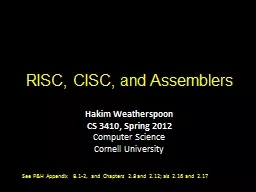


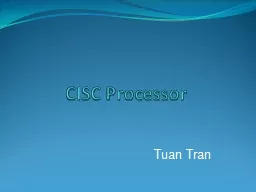

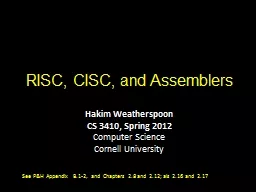

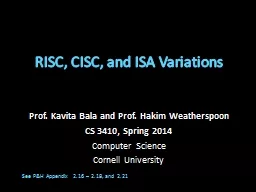

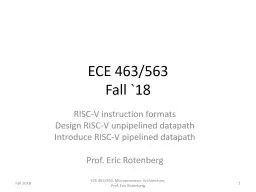

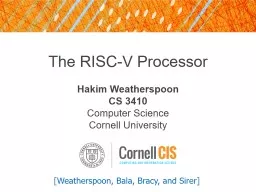
![[READING BOOK]-Modern Computer Architecture and Organization: Learn x86, ARM, and RISC-V](https://thumbs.docslides.com/979027/reading-book-modern-computer-architecture-and-organization-learn-x86-arm-and-risc-v-architectures-and-the-design-of-smartphones-pcs-and-cloud-servers.jpg)